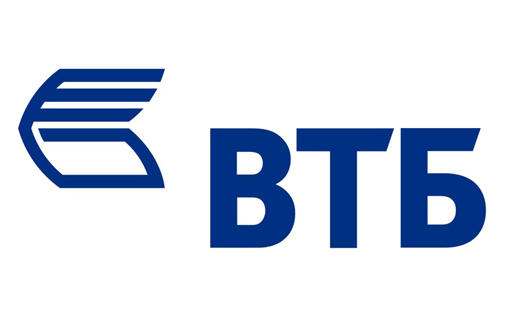YEREVAN, November 22. / ARKA /. The chairman of Armenia’s Central Bank Arthur Javadyan congratulated today bank employees on occasion of the Bank Employee’s Day and the 20th anniversary of the introduction of Armenia’s national currency, the dram, at a ceremony that was attended also by President Serzh Sargsyan.
“Back in November 22, 1993, the newly independent Armenia introduced its national currency. Throughout this period both the banking system and the national currency followed a path full of challenges but could pass the test of time and create a history,’ he said.
According to him, the bank employees encountered a variety of difficulties in early days of the independence as the Central Bank was preparing to establish new monetary policy and financial supervision functions practically in the absence of state reserve funds.
‘Yet the most difficult challenge of all was our concern to get ahead in building an atmosphere of trust in the national currency and the financial system. Anyway, thanks to the dedication, teamwork and unquenchable faith these years, we are proud to admit that we now have a reliable national currency as well as financial system, with all the necessary infrastructure and institutional capacity,’ he said.
“The Dram is not only a means of payment; it is a key symbol of our independence and statehood, the pride of every citizen. Appreciating the true merit of it indeed requires more time. However, building a confidence in the Dram and helping it become established is already a history,’ he said.
According to him, even in the most vulnerable times of global financial crisis the domestic financial system posted increased volumes of credits and deposit accounts, which contributed to the revival of the economy.
While many financial institutions in the world went bankrupt and only some could withstand the hardships thanks to enormous financial support from their governments and at the cost of significant increases in public debt, no financial institution in Armenia suffered solvency problems or was in need for governmental assistance, he said.
‘As well as the Central Bank’s anti-crisis measures, the Government, of course, played an important role in assisting the banks to carry out an unprecedented lending program for the benefit of small, medium and major business.”
“A report published by the International Monetary Fund and the World Bank also points to the success with which Armenia maintains its financial system stability. The report contains these renowned institutions’ assessment of the country’s financial sector, which was conducted last year. Not that these were years to merely endure the challenges but to wade into them with true vigor and dignity, in order to continue developing more assertively and purposefully. Our achievements in these years are obvious:
the office of financial system mediator started functioning in 2009, the Central Bank spent more efforts and at a larger scale in increasing public confidence toward the financial sector, consumer protection and financial education, the threshold of insured deposits of individuals has doubled up to AMD 4 million for dram-denominated deposits and up to AMD 2 million for foreign currency deposits.”
“In 2011 the All-Armenian Bank started its operations with the goal to make financial investments in areas strategically important for Armenia, and it already has some loan investments on track,
the Central Bank continued supporting a variety of social and institutional reforms (mortgage, consumer, agricultural projects; the compulsory motor third party liability insurance; the pension reform plan, among others).”
“In the course of the last 5 years we have been thrilled to see the financial intermediation grown two and a half times in the economy, the average loan and deposit volumes increased to about 27 percent each, the weighted average interest rates of loans fallen by 3-4 percentage points, as well as an increased access to financial services, an increasingly stronger corporate governance culture at banks and an elevated level of financial literacy among households.
For comparison, as of end of 2008 the amount of the banking system credit was AMD 615 billion, with assets amounting to AMD 1.0 trillion, these indicators today are, respectively, AMD 1.6 trillion and AMD 2.7 trillion. This is the outcome of our unswerving work year after year. We are full of pride for our currency and for the path it has gone so far.” -0-








